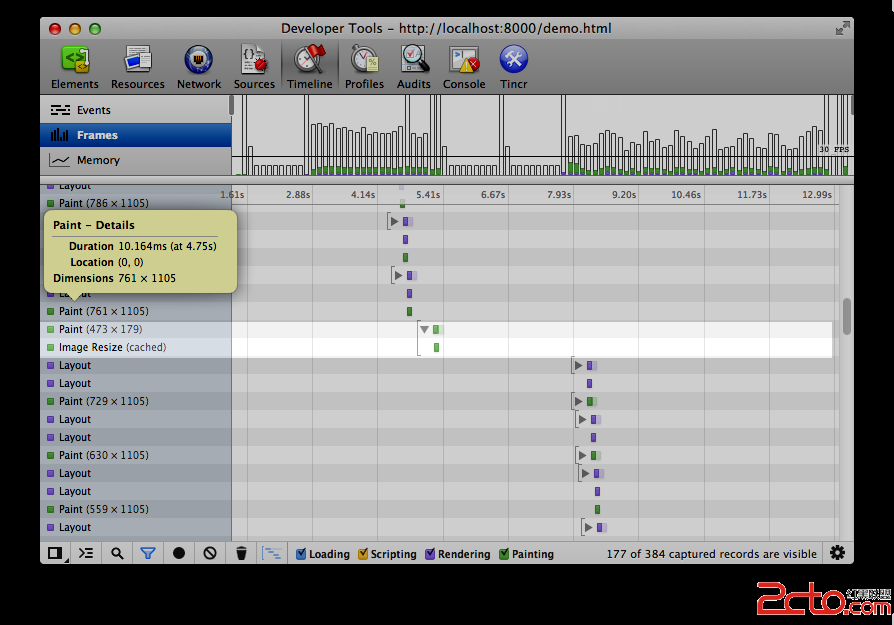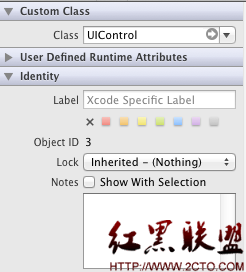化零为整WCF(16) - 消息队列(MSMQ - MicroSoft Message Queue)
作者:webabcd
介绍
WCF(Windows Communication Foundation) - 消息队列(MSMQ - MicroSoft Message Queue):
netMsmqBinding的binding属性配置如下:
·ExactlyOnce - 确保消息只被投递一次。只能应用于事务型队列,默认值 ture
·Durable - 消息是否需要持久化。默认值 enabled,如果设置为disable,当MSMQ服务重启后,先前保存在MSMQ中的消息将会丢失
·TimeToLive - 消息过期并且从原有的队列移动到死信队列的时间。默认值 1.00:00:00 (1天)
·ReceiveRetryCount - 配置队列管理器在一定重试间隔中,尝试重新投递消息的次数,也就是将消息传输到重试队列前尝试发送该消息的最大次数(每隔RetryCycleDelay的时间重试ReceiveRetryCount次)。缺省值 5
·MaxRetryCycles - 配置队列管理器重新投递消息的重试间隔数(执行RetryCycleDelay的次数),也就是重试最大周期数。缺省值 2
·RetryCycleDelay - 表示两次重试之间的间隔时间,也就是重试周期之间的延迟。缺省值 00:30:00
·ReceiveErrorHandling - 指定如何处理错误的消息。Fault、Drop、Reject或Move(具体说明查MSDN)
·DeadLetterQueue - 指定所使用的死信队列的类型。None、System、或Custom(具体说明查MSDN)
·CustomDeadLetterQueue - 本地自定义死信队列的URI
示例
1、服务
IMSMQ.csusing System;
using System.Collections.Generic;
using System.Linq;
using System.Text;using System.ServiceModel;
namespace WCF.ServiceLib.Message
{
/**//// <summary>
/// 演示MSMQ的接口
/// </summary>
/// <remarks>
/// DeliveryRequirements - 指定绑定必须提供给服务或客户端实现的功能要求
/// QueuedDeliveryRequirements - 指定服务的绑定是否必须支持排队协定
/// QueuedDeliveryRequirementsMode.Allowed - 允许排队传送
/// QueuedDeliveryRequirementsMode.Required - 要求排队传送
/// QueuedDeliveryRequirementsMode.NotAllowed - 不允许排队传送
/// </remarks>
[ServiceContract]
[DeliveryRequirements(QueuedDeliveryRequirements = QueuedDeliveryRequirementsMode.Required)]
public inte易做图ce IMSMQ
{
/**//// <summary>
/// 将字符串写入文本文件
/// </summary>
/// <param name="str">需要写入文本文件的字符串</param>
/// <remarks>
/// 如果要使用 MSMQ 的话,则必须配置IsOneWay = true
/// </remarks>
[OperationContract(IsOneWay = true)]
void Write(string str);
}
}
MSMQ.csusing System;
using System.Collections.Generic;
using System.Linq;
using System.Text;using System.ServiceModel;
namespace WCF.ServiceLib.Message
{
/**//// <summary>
/// 演示MSMQ的类
/// </summary>
public class MSMQ : IMSMQ
{
/**//// <summary>
/// 将字符串写入文本文件
/// </summary>
/// <param name="str">需要写入文本文件的字符串</param>
public void Write(string str)
{
System.IO.StreamWriter sw = new System.IO.StreamWriter(@"C:WCF_Log_MSMQ.txt", true);
sw.Write(str);
sw.WriteLine();
sw.Close();
}
}
}
2、宿主
MSMQ.cs// 队列名
// 只能使用.private$YourPrivateMSMQName来访问本机的私有MSMQ队列
string queueName = @".private$SampleMSMQ";// 没有queueName队列,则创建queueName队列
if (!System.Messaging.MessageQueue.Exists(queueName))
{
// 第二个参数为是否创建事务性队列
System.Messaging.MessageQueue.Create(queueName, true);
}using (ServiceHost host = new ServiceHost(typeof(WCF.ServiceLib.Message.MSMQ)))
{
host.Open();Console.WriteLine("服务已启动(WCF.ServiceLib.Message.MSMQ)");
Console.WriteLine("按<ENTER>停止服务");
Console.ReadLine();}
App.config<?xml version="1.0" encoding="utf-8" ?>
<configuration>
<system.serviceModel>
<services>
<!--name - 提供服务的类名-->
<!--behaviorConfiguration - 指定相关的行为配置-->
<service name="WCF.ServiceLib.Message.MSMQ" behaviorConfiguration="MessageBehavior">
<!--address - 服务地址-->
<!--binding - 通信方式-->
<!--contract - 服务契约-->
<!--bindingConfiguration - 指定相关的绑定配置-->
<endpoint address="" binding="netMsmqBinding" contract="WCF.ServiceLib.Message.IMSMQ" bindingConfiguration="MSMQBindingConfiguration" />
<endpoint address="mex" binding="mexHttpBinding" contract="IMetadataExchange" />
<host>
<baseAddresses>
<add baseAddress="http://localhost:12345/Message/MSMQ"/>
<add baseAddress="net.msmq://localhost/private/SampleMSMQ"/>
</baseAddresses>
</host>
</service>
</services>
<behaviors>
补充:综合编程 , 其他综合 ,




